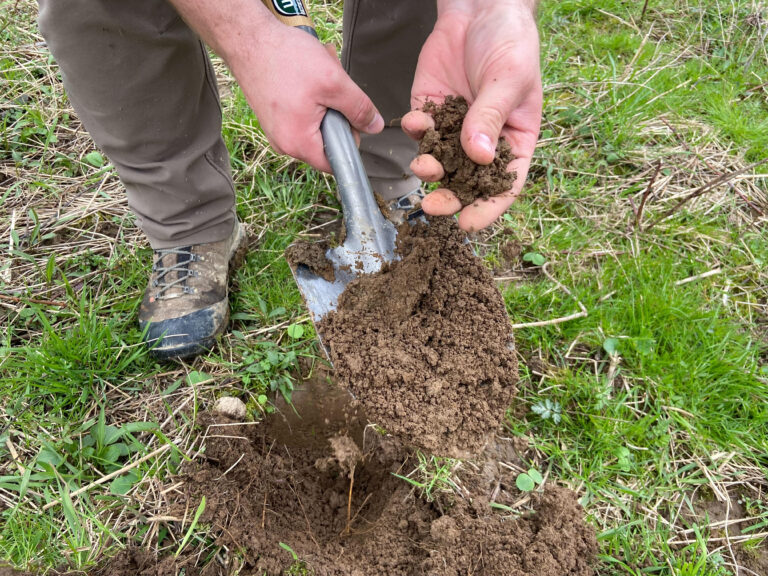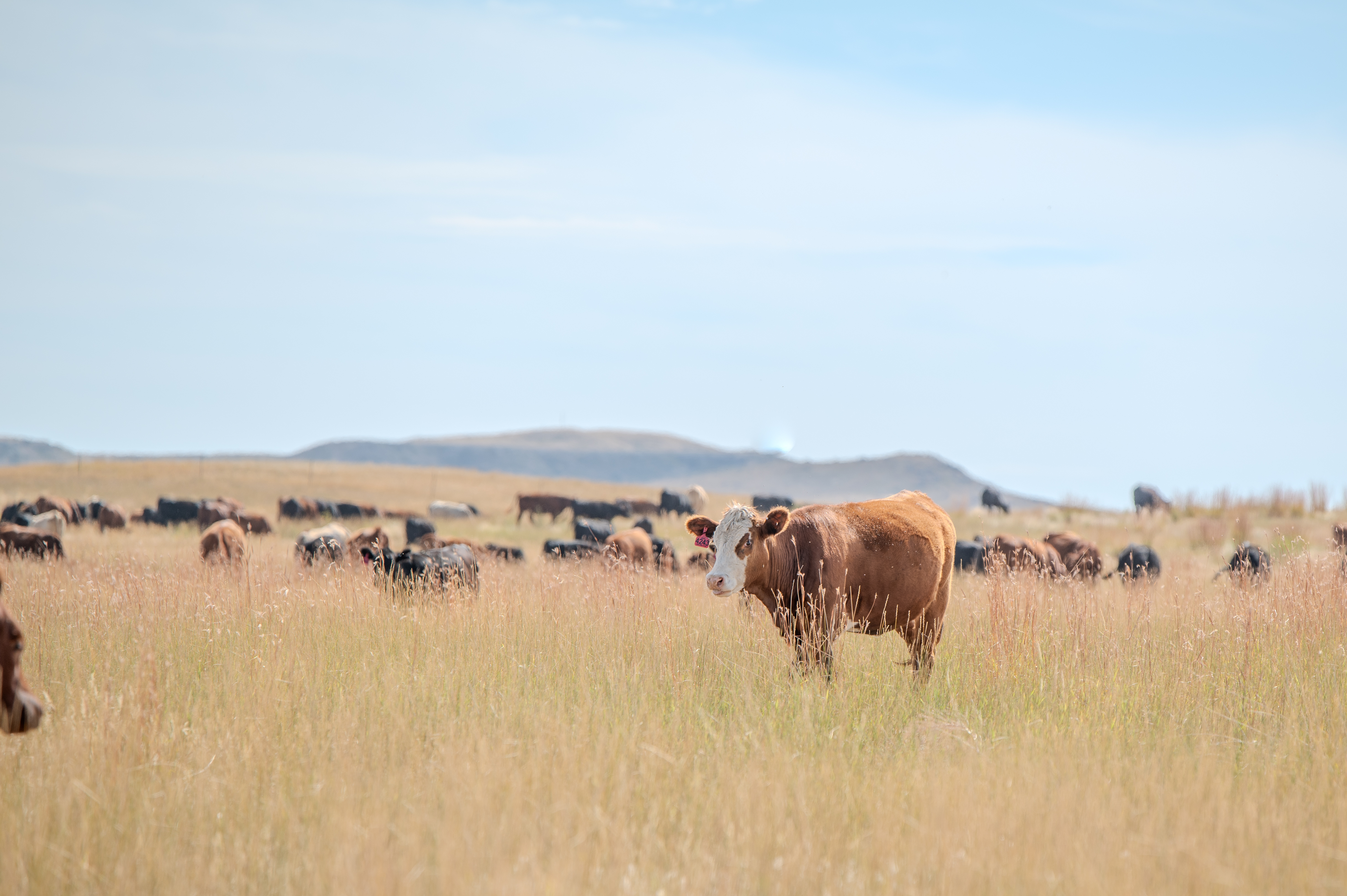What are carbon markets and why are they important?
Essentially, carbon markets were created to put a price on pollution. Although polluting land, water, and air has long been treated as if it were “free,” it definitely comes at a price — one that we all pay in the form of environmental degradation.
Carbon dioxide (CO2) emissions from human activities are one of the main causes of the increase in atmospheric “greenhouse gases” (GHGs) that increase global temperatures. It has become clear that reducing emissions and removing carbon from the atmosphere are two critical strategies that can help mitigate the destructive potential of climate change.
Reducing Emissions by Allocating Their Cost
With popular and regulatory pressure to reduce atmospheric carbon increasing, carbon markets were created to provide an efficient, market-based solution to allocating the costs of reduction. Through carbon markets, organizations that invest in emissions reductions or carbon removals can make money by quantifying and verifying those reductions, creating “carbon credits,” then selling those credits to other companies who could not or have not made reductions themselves.
The Two Types of Carbon Markets
1) Compliance Market
Compliance carbon markets are operated by governments, which set a cap on the amount of emissions allowed by companies in a state or country. The cap is then lowered every year, resulting in reduced emissions over a large area.
In such a market, the government runs an auction where large emitters, such as oil companies for whom reduction is not practical, can purchase allowances—the right to emit one tonne of CO2 equivalent.
Companies can choose for themselves whether to participate in the auction, reduce their emissions, or purchase carbon credits from other companies. It’s important to note that companies themselves, through the marketplace, determine how to comply. Among themselves, they figure out the cheapest ways to comply with reductions.
2) Voluntary Market
The other type of carbon market is voluntary, and that’s where Agoro Carbon Alliance participates. The voluntary market matches buyers of emissions reductions—large corporations with climate-neutral pledges—with sellers of those reductions. The sellers have developed projects to make reductions in various ways, from addressing fugitive methane emissions to reducing land-use emissions in agriculture.
An example: Disney Corporation purchases carbon credits derived from a reforestation project. To neutralize the impact of their large volume of GHG emissions, Disney purchases reductions made elsewhere at a price that is lower than the cost of reducing the emissions themselves.

The Importance of Carbon Markets
Carbon markets help address the “freeriding” issue, in which large emitters have often generated profit from operations that cause pollution. We all bear the cost of that pollution, while only the large company receives the profit. By putting a price on pollution in a market-driven solution, we give corporations an incentive to invest in energy efficiency and other upgrades because they save money. At the same time we incentivize other sectors, such as agriculture, to become involved in emissions reductions by paying them to generate carbon credits.
Why Should Farmers and Ranchers Care?
New Revenue Stream—Not Regulation
Carbon markets present a unique opportunity for farmers to capture a new source of revenue. It’s important for farmers to know that no government will put an emissions cap on individual farms, because they’re so numerous and their separate emissions are too small for such a government program to be cost-effective. The government focuses on regulating very large emitters, those with at least 25,000 tonnes of CO2 emissions per year. If your operation’s emissions are below that amount, you will not be regulated.
Practice Changes Reduce Emissions, Generate Carbon Credits
The farmer’s role in carbon markets is as a provider of carbon reductions. Farmland can be both a source and a sink for atmospheric carbon. By implementing conservation practices to reduce emissions or sequester carbon (storing it in soil), farmers can generate carbon credits, which can then be sold to large companies who have climate-neutral goals—a unique new way to make money on farms.
Estimated U.S. Potential for Carbon Sequestration
With about 1 billion acres of farmland in the US, and about half a ton of CO2 that can be sequestered in each acre per year, the potential for this market could be on the order of 500 million tonnes, or credits, per year. Farmers and ranchers can calculate their carbon potential for free using our carbon calculator tool.
Improved Water Quality
Conservation practices that help enhance soil health increase water quality and help with issues like erosion. Erosion is a serious problem for productive agricultural land and for water quality concerns. Controlling the sediment must play an important role in any soil management system to improve water and soil quality. Practice changes like rotational grazing increase water infiltration and water quality to the land. Tillage reductions and cover crop introduction over time will improve soil structure and water permeability- allowing more rainfall to be absorbed rather than run off the soil surface. When runoff is reduced there is less chance for soil particles, pesticides and fertilizers to be carried into streams and lakes. Furthermore, a mat of green cover and living root systems on fields will shield the soil from heavy rainfalls, and the water that does run off will have a lesser chance of picking up soil particles along the way. The combination of shielding from raindrops, improved soil structure, and living roots holding soil together makes a synergistic effect, improving water quality.
How Carbon Markets Impact Farm Revenue
There are two ways the carbon markets impact the revenue of farmers who implement practice changes:
1) Carbon revenue — farmers can receive money from new practices that reduce emissions and sequester carbon. Those reductions can be quantified, verified, and sold as carbon credits.
2) Productivity — To generate carbon credits, yield must be sustained. There is also a lot of research showing that these practices improve soil health, resulting in a reduced need for inputs after a few years. For farmers that means lower costs and an improved bottom line. Reducing inputs can result in improved water quality, which benefits local communities downstream of the farm, creating value for many more folks than just the farmer receiving carbon payment.


